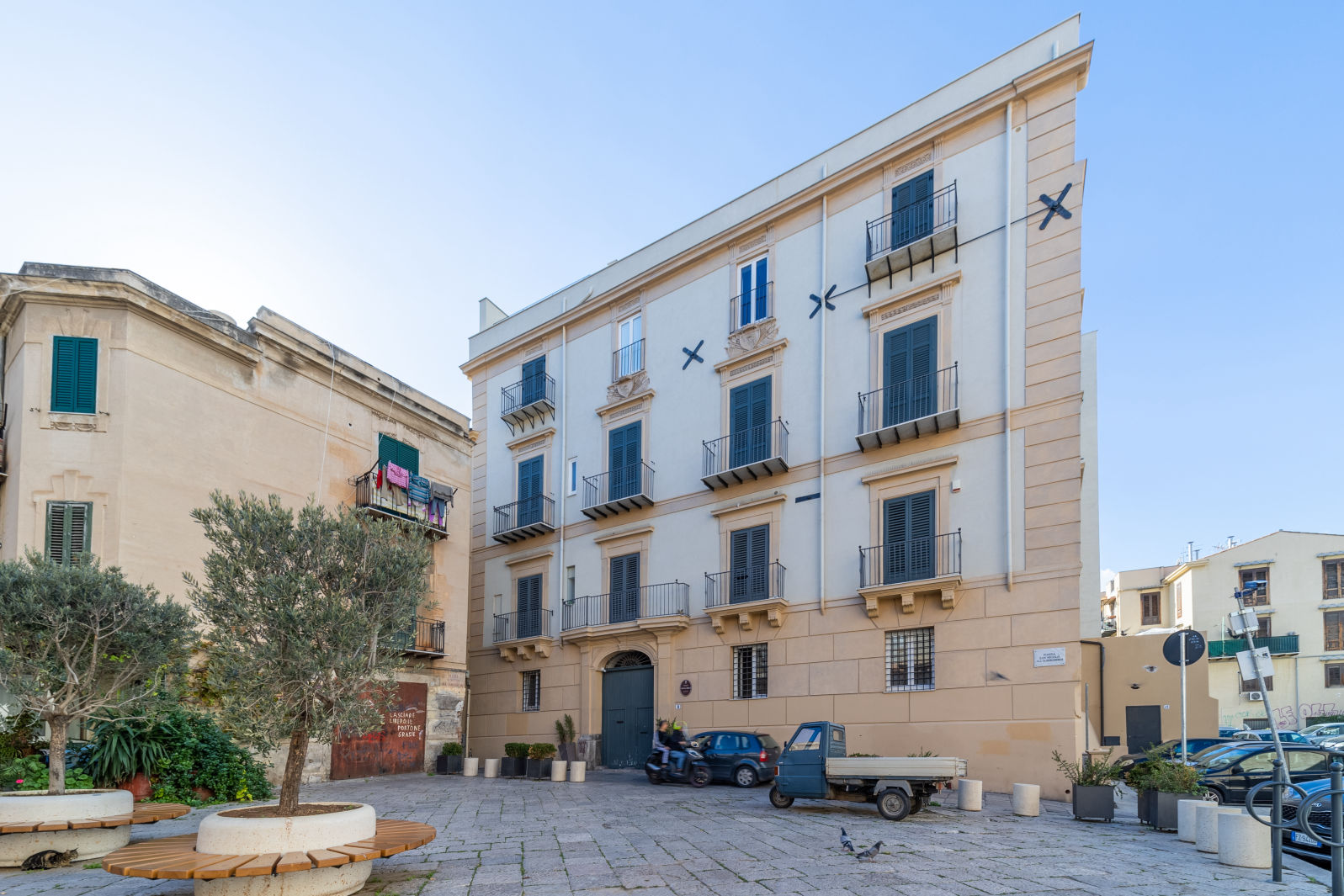In the Norman age the neighborhood was called "Kemonia" because of the river that crossed it. Frederick II transfers the inhabitants of the rebel towns of "Certorbi and Capizzi" there. The name of the neighborhood probably derives, therefore, as stated in some texts, from the fact that it was "Albergharia Centorbi et Capicii". Other etymologists would like the toponym to derive instead from Arabic terms, among which the most accredited is perhaps "Abelgairat" and that is "field at noon". From the outset it was a very lively district due to the presence of a vast market where the population bartered their products and completed business. Many of the inhabitants were also engaged in crafts. Therefore, it was in the Norman age that the need to protect the neighborhood arose and construction of the defensive wall to the west began, then extensively demolished in the 20th century, of which only the portion on via Cesare Battisti remains. The Porta di Sant'Agata, incorporated in this portion of the walls, is already mentioned in a deed of 1275 and the construction of the first walls can be traced back to this period. Its ogival arch shape testifies to its medieval matrix. The original vision of the space, outlined between 1754 and 1757 on a slight rise in the land surrounded by walls once used as a cemetery attached to the parish, is today partially altered by the widening of the road that runs alongside the church. The recent collapses of the north wing of Palazzo Giallongo-Fiumetorto have in fact contributed to changing its perception. The Palazzo Lancia (or Lanza) of the Duke of Brolo was built in the 18th century. In 1788, at the time of the chronicles of Villabianca, it was inhabited by Federico Lancia (or Lanza) and Caruso, duke of Brolo. Dead without heirs, Corrado and Giuseppe Lancia di Brolo left their possessions to the Parish of San Nicolò dell'Albergheria with the stipulation that a lira a day be given to the poor born in the neighborhood and baptized in the parish. In 1928, in thanksgiving to the two benefactors, a marble monument was built in the church in perpetual memory. The square is an oasis of peace in the middle of one of the liveliest districts of the city. A few minutes walk away there are all the necessary food shops as well as a pharmacy, bars and restaurants.


